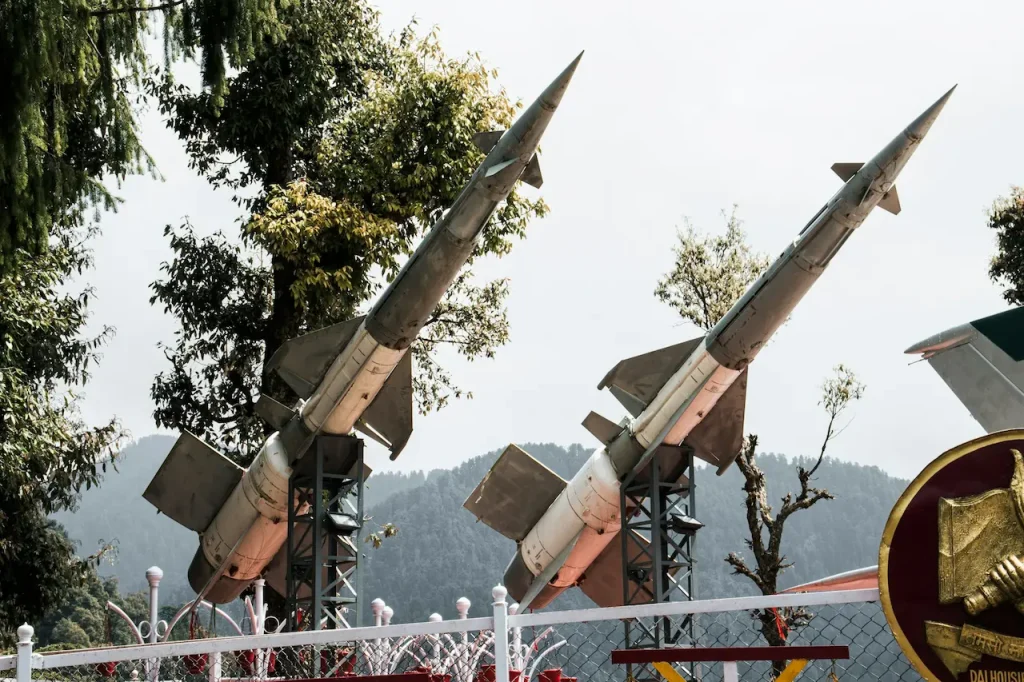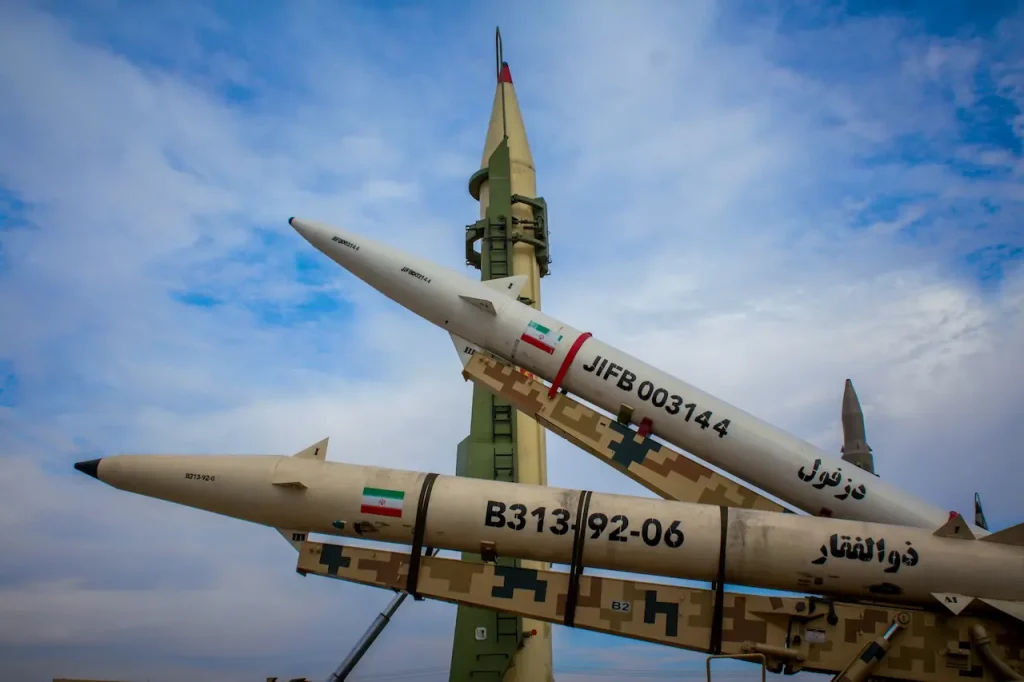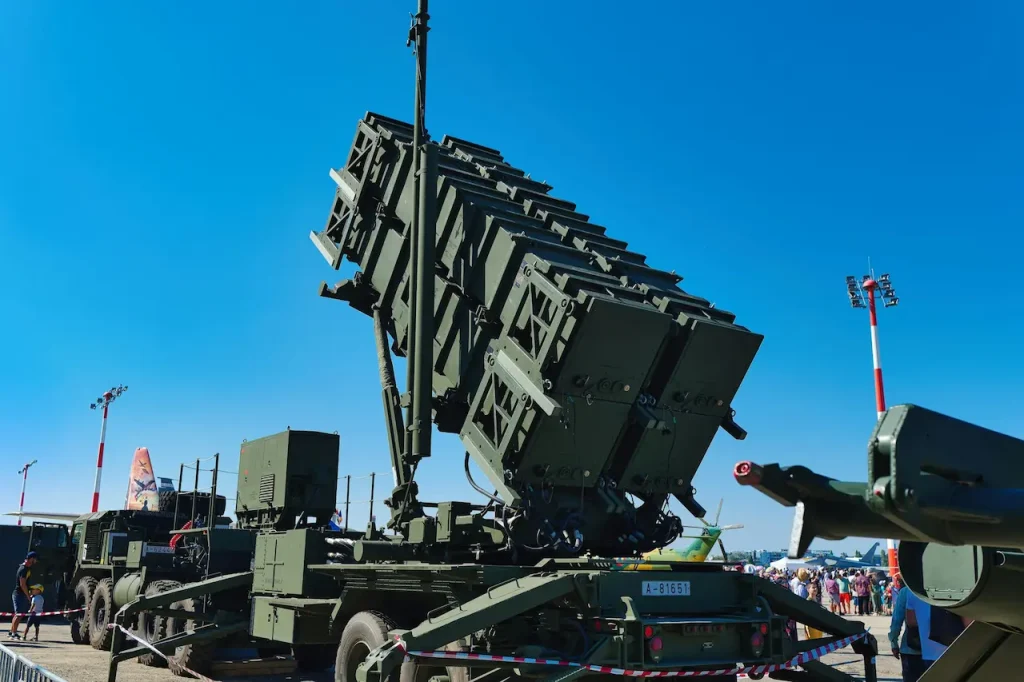Rising Threat of EMP Technology
North and South Korea’s New Warfare: The Rise of EMP Technology
Military innovation is evolving at a rapid pace around the globe. Few technologies are as disturbing or misunderstood as electromagnetic pulse (EMP) weapons. EMP technology was a science fiction concept that dominated strategic thinking and science fiction for decades. EMP weapons have entered real-world development programs today, particularly in areas marked by geopolitical tensions. This is perhaps most evident on the Korean Peninsula.
Both North Korea and South Korea are said to be exploring, developing and potentially weaponising EMP capability. EMP technology is not directly deadly to people, but it can be a catastrophic threat to modern societies. EMP weapons do not target human populations, but something that is arguably as important to modern life: Technology itself.
EMP attacks can paralyse all electronic systems within their blast radius, from communication networks and military equipment to transportation and power grids. In an age where digital systems are used in nearly all aspects of civil and military existence, an EMP attack could be as destructive as conventional weapons.
This article examines the Growing Threat of EMP Technology. It also explores what both Koreas are reportedly developing, the reasons why EMP weapons have been deemed so dangerous, as well as how these developments could influence global security in the future.
What is an EMP Bomb?
An electromagnetic pulse, also known as EMP, is a burst of electromagnetic energy that can disable or destroy electronic devices and electrical infrastructure. These pulses are either generated by natural means (such as solar storms) or artificially using specialised weapons.

An EMP bomb emits a large amount of electromagnetic energy within a short time. The “kill zone” on an EMP bomb is not a shrapnel-filled area, nor does it involve shockwaves or heat. It overwhelms electronic systems by causing a surge in energy, which corrupts data and destroys circuits.
EMP weapons are designed to target:
- Communication networks
- Navigation systems
- Power distribution infrastructure
- Platforms for military command and control
- Aviation and maritimelectronicsic
- Satellites or ground-based receivers
- Civil transport systems
- Microelectronics is used in any device
An EMP attack, when deployed strategically, could throw a country that is technologically advanced back decades.
EMPs are a different kind of weaponry. These are weapons that destroy technology ado nd not cause physical harm.
South Korea Reportedly Advances in EMP Technology
South Korea is moving quickly to develop EMP capabilities. Far East Gizmos, among other regional media outlets, has reported that South Korea already has operational EMP technology. Park Chang-kyu, of the South Korean Agency for Defence Development, said that the EMP weapon system in the country could be ready for deployment if it is integrated by the military.
South Korea acknowledged its research on EMP weapons in 2009. Estimates at the time suggested that weaponisation of this technology wouldn’t be possible until 2014 or later. However, early plans included creating EMP devices that could reach a radius of one kilometre. Based on the information provided, it appears that South Korea has made significant progress, possibly exceeding previous projections.
If this is accurate, it represents a significant milestone in the regional defence capability. South Korea’s interest is a result of several strategic motives.
-
Deterrence Against North Korean Missiles and Nuclear Threats. Electromagnetic weapons (EMP) could disable launch systems or command networks that are critical to missile deployment.
-
Non-Lethal Alternative to Lethal Defence
A device that disrupts enemy capabilities, without causing civilian deaths or injuries. This could reduce international backlash. -
A tactical equalizer, the EMP weapon could neutralise North Korea’s asymmetrical warfare tools, including drone fleets and electronic jamming.
The growing threat of EMP technology in the global military sector is a result of the fact that more countries are recognising the strategic value of these non-lethal but highly disruptive weapons.
North Korea Could Be Pursuing EMP Weapons
South Korea’s National Assembly was reportedly informed that North Korea could also be developing EMP weaponry. This escalation, if true, is especially concerning, given North Korea’s long history of military provocation, missile tests, and unconventional warfare tactics.
North Korea’s apparent interest in EMP technology appears to be consistent with the broader strategy:
- Asymmetric warfare investment
- Unconventional weapons can be used to counterbalance conventional military disadvantages.
- Cyber capabilities: expanding cyber capabilities
- Exploiting vulnerabilities of technologically advanced adversaries
North Korea is already linked to the purchase of Soviet jamming systems, including those capable of disrupting GPS signals over a range of 50-100 km. These systems, while not EMP bombs themselves, show a clear intent to develop technologies that can undermine digital and electromagnetic systems.
South Korea’s military, economy, and infrastructure all depend on advanced technology. An EMP attack, if North Korea were able to launch one, could severely disrupt communication networks, disrupt defence operations, and cause widespread panic.
Both Koreas’ interest in EMP capabilities raises a new security issue: If both nations consider EMP weapons essential for defence, they may be entering into a secret technological arms race.

Why EMP Weapons are More Dangerous than Many Realise
The general public’s misperception of EMP is one of its most alarming features. Many people underestimate its danger because an EMP bomb doesn’t produce the destruction that is seen in movies and traditional warfare.
EMP Weapons Bypass Cyber Security Efforts
EMP attacks are not like cyberattacks, where security teams can patch up systems, monitor intrusions or deploy countermeasures. There is no digital defence, and there is no warning. By disabling hardware that is used by these systems, they bypass firewalls, authentication protocols, and encryption protocols.
EMP attacks are the next evolution in modern warfare. They go beyond cyber-warfare and affect the physical layer of technology infrastructure.
EMP Damage Can Be Permanent
EMP damage, depending on its intensity, can not only temporarily stop equipment but also destroy it beyond repair. It could take years or months to replace critical infrastructure, such as military radars or power transformers.
Modern Societies are Exceptionally Vulnerable
Electronics are the mainstay of urban life.
- You can also find out more about Banking
- Transport
- Communication
- Healthcare systems
- Emergency Response
- Energy distribution
- Food Supply Logistics
- In a digitalised world, EMPs can do more than just shut down the lights. They can also bring entire social structures to a halt.
EMP Attacks Create Chaos Without Firing a Shot
EMP weapons can:
- Communication between military units is cut off
- Stop a country from coordinating its defence
- Paralyse emergency services
- Transport and logistics systems are disrupted
- Blind surveillance systems
- Cause widespread civilian confusion
The threat of EMP technology is not just a military issue, but also a challenge to national resilience.
Can an EMP Attack Trigger a Larger Conflict?
The potential for rapid escalation is dramatically increased when weapons that can disable a nation’s critical infrastructure are used. Even if there was no direct harm, a deployment of EMP technology by either Korea could be interpreted as an act of war by the other.
The use of EMP weapons is also a serious concern for the global community.
- Is an EMP attack on critical infrastructure considered the same as a conventional military strike?
- How would nations distinguish between an EMP nuclear attack and a missile attack at high altitude?
- Can a miscalculation of an EMP trigger retaliatory attacks?
- How would EMP usage be regulated by international law?
The answers to these questions are still largely ambiguous, and the international frameworks of EMP warfare are incredibly underdeveloped.

Public Awareness and Civil Defence
Public awareness of EMPs is low, even though EMP capabilities are developing globally. EMP attacks, despite not being lethal, could cause as much disruption as conventional weapons.
The conversation about such attacks must go beyond military preparedness for vulnerable countries. Civil defence agencies, emergency service providers, and infrastructure planners need to understand how much society relies on electronic devices and how many communities are unprepared for widespread system failures.
Preparedness measures can include:
- Hardening critical infrastructure
- Communication hubs that are resistant to EMPs
- Strengthening the military redundancies
- Increase backup power capability
- Public education on emergency response plans
Although building a bunker to survive the doomsday is a joke, it reflects a real concern: modern society is not prepared for technological disruption on a large scale.
Conclusion
EMP weapons are one of the most important and least understood advances in modern warfare. Reports suggest that North and South Korea have developed EMP capabilities. The global defence landscape has entered uncharted terrain. EMP bombs are different from conventional weapons because they target the technological foundations that underpin modern society. This creates a new threat category where disruption is the main objective.
This emerging arms race is centred on the Korean Peninsula. Already marked by tensions in history and military standoffs with North Korea, it has become a focal point of this new technological arms race. EMP weapons, whether deployed defensively or offensively, can change the balance of power and challenge existing defence strategies. They can also expose vulnerabilities even in the most technologically developed nations.
Understanding the Growing Threat of EMP Technology is more than just a theoretical exercise. This is a call to governments, industries and citizens to acknowledge how fragile the digital world is, and how important it is to increase resilience before a crisis happens.